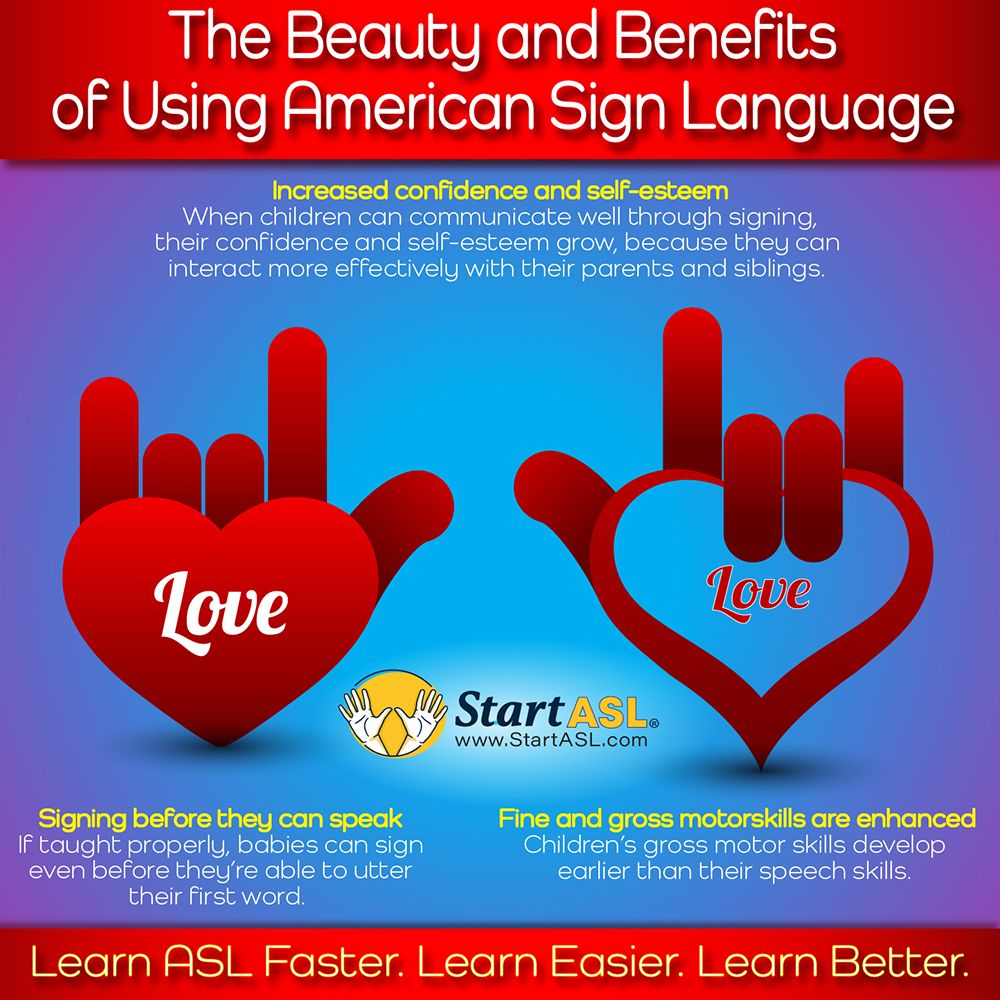9-Month-Old Deaf Baby Brings Happiness to Family by Signing 'Milk' in American Sign Language

American Sign Language (ASL) is a visual means of communication. Whenever people employ sign language, their brains sort out and interpret linguistic data through their eyes. Hand shape, placement, and hand gestures, along with facial cues and physical gestures, all convey information through ASL.
ASL is mainly utilized in the United States and English-speaking regions of Canada. Numerous high schools, colleges, and universities in the US recognize it to fulfill students' foreign language prerequisites. Furthermore, parents often instruct ASL to their Deaf and Hard of hearing (D/HoH) children beginning at birth. Therefore, the children can talk with family members, friends, and others as fast as possible.
Such method of early learning in ASL is practiced by Stefani and Oskar Arevalo in Kern County, California, with their a pair of Deaf children - girl Ervelyn and male child Jabez. The Arevalos also educate others in their community regarding life as a Deaf or Hard of Hearing person and utilize social media to promote ASL as the superior method of communication for D/HoH individuals.
To illustrate, the duo of late shared a clip on TikTok demonstrating their nine-month-old child Jabez learning his first vocabulary, "milk." In the recording, the baby became extremely eager as his mom attempts to communicate with him by signing "milk" in ASL.
Inside a different clip, Estefani utilizes sign language to express "milk" to their toddler while they are within a grocery store. Her caption reads, "I introduced my baby boy to ASL after we found out he is Deaf." The text additionally mentions that she attempts to teach Jabez the way to sign the word milk every day and that she "caught him signing milk while [they] were shopping."
The incorporation of ASL into baby Jabez’s lexicon was a notable achievement for the Arevalos. It has opened up novel chances for them to communicate with their kids in a better way.
The Allure and Benefits of Employing Sign Language
Sign language has the potential to improve Deaf and Hard of Hearing children by allowing them to convey their thoughts in meaningful and rewarding ways. Furthermore, sign language can facilitate the communication gap between families with hearing-impaired children, strengthening relationships and comprehension among kin. What’s more, teaching sign language to D/HoH and hearing children also yields other advantages, like the following:
1. Fine and gross motor skills are boosted
Children's large muscle coordination abilities usually advance before their verbal communication, as evidenced by the fact that babies are able to walk and run earlier than using entire phrases. Sign language promotes large and small muscle coordination abilities by its repeated utilization of gestures and finger motions.
2. Signing before they can speak
If educated adequately, young children can begin using sign language prior to uttering their first utterance. The explanation for this is that infants' desire to convey their requirements and wishes exists well before their verbal abilities begin to.
3. Enhanced self-esteem and confidence
As kids become proficient in conveying messages by means of sign language, their confidence and self-esteem may blossom because they can interact more efficiently with their guardians and siblings. As a result, enables their desires to come true more quickly.
ASL gives such and many other benefits for Deaf and Hard of Hearing children and hearing children. Through it, caregivers, instructors, and specialists in early childhood development can help youngsters in acquiring new words, enhancing key scholastic competencies, and progressing in various other domains.

